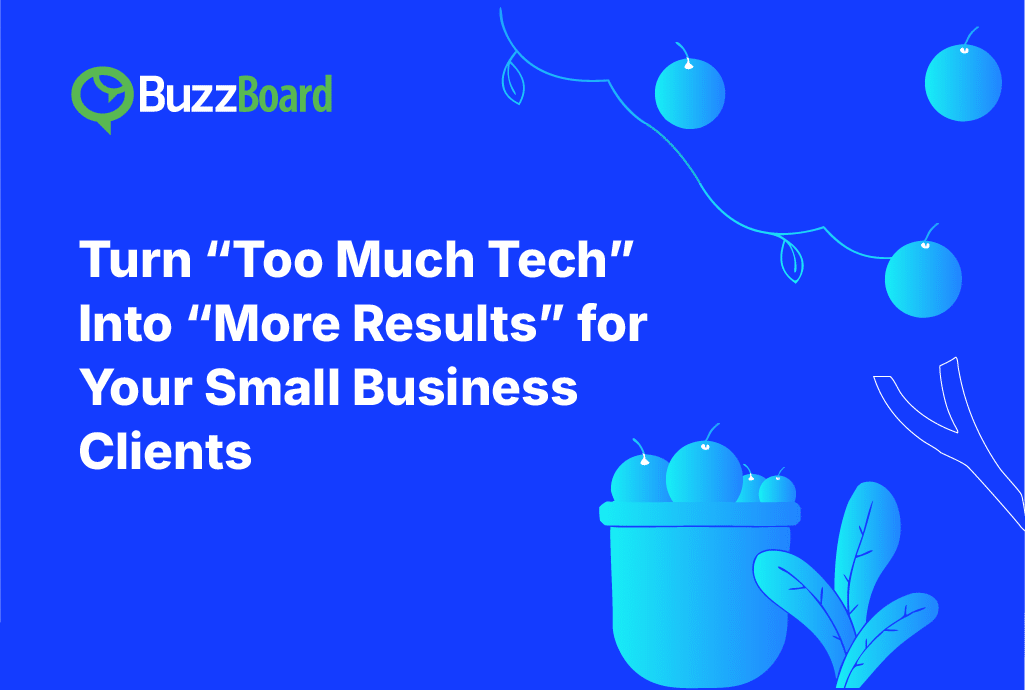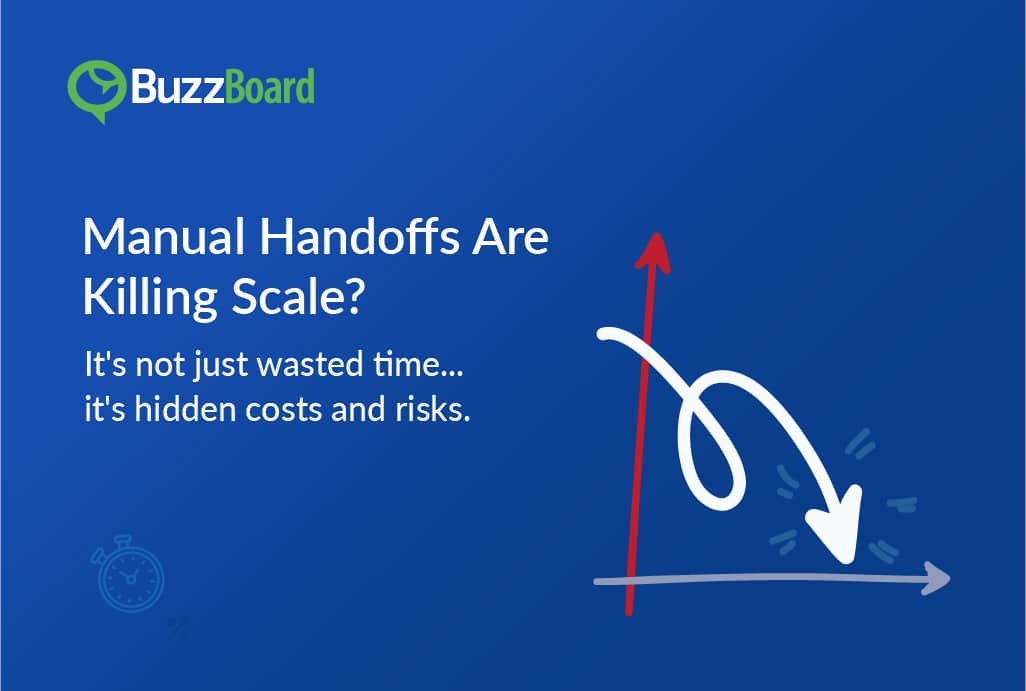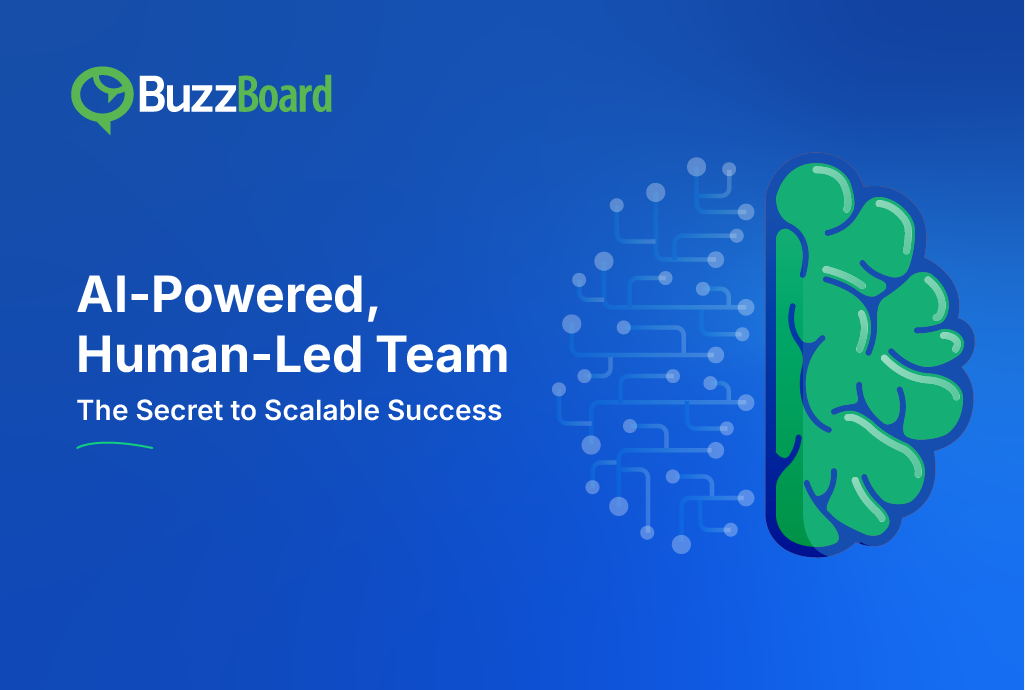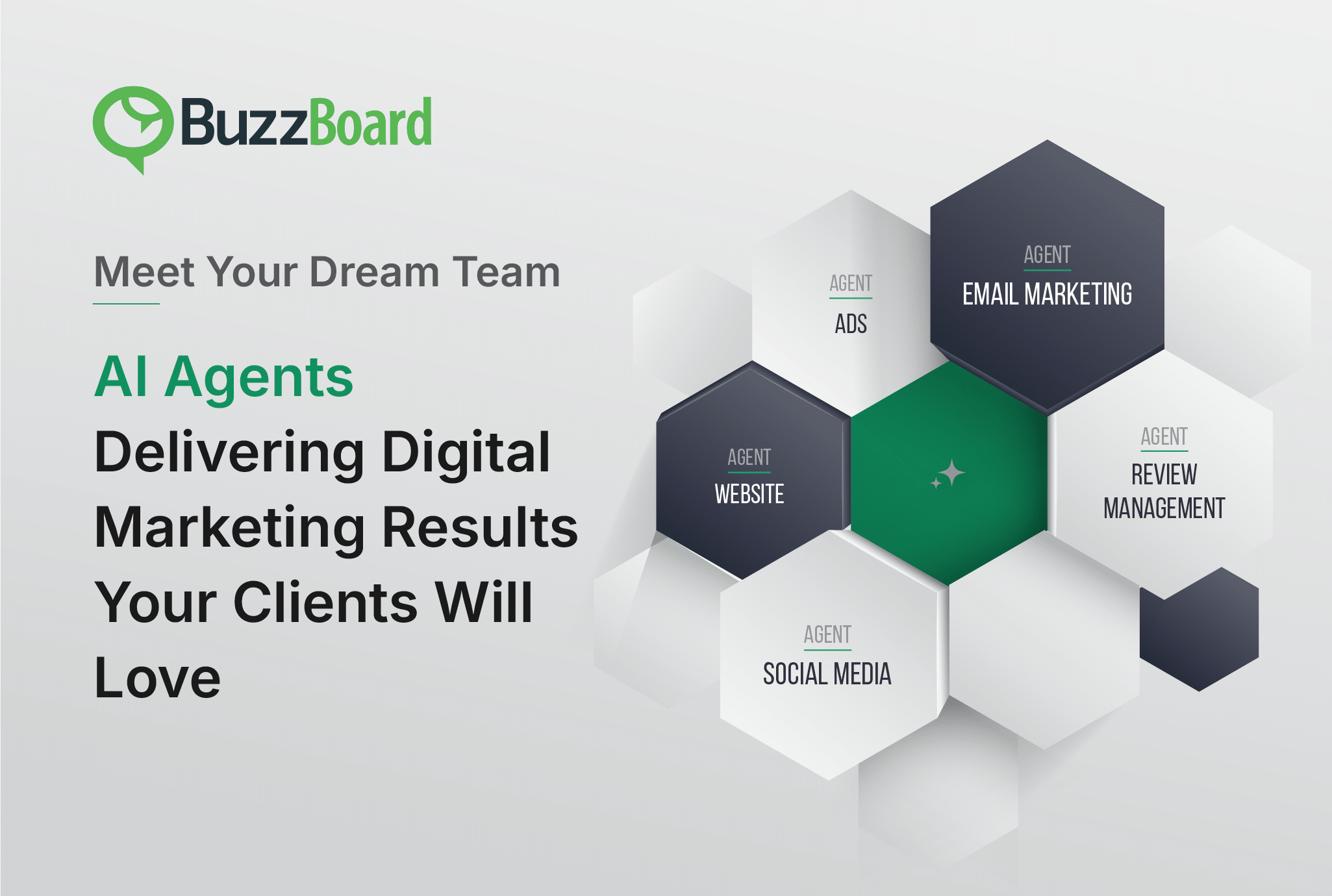What New Technologies Are Impacting Digital Marketing for Small Businesses?
New technology isn’t disrupting digital marketing. It’s disrupting digital marketers.
In the past, small businesses hired digital marketing service providers to “handle the online stuff”. Build a site, run some ads, and post on social. Rinse, invoice, repeat.
But that playbook is getting torched.
AI now writes headlines, automation nurtures leads, and analytics platforms serve up insights that used to take entire departments to uncover. The tools are getting smarter, faster—and frankly—cheaper. This isn’t about panicking over new technologies. It’s about positioning your agency to lead—not lag—when small businesses look for guidance in an increasingly tech-heavy world.
Clearly, the rise of new technologies—from artificial intelligence and automation to voice search and personalization—digital marketing, and how you manage the processes to support the delivery of these services, is changing right under our feet. As a digital marketing service provider, you’re in a unique position: you’re not just a marketer—you’re a translator, a tech whisperer, and sometimes a therapist when your client’s website breaks the day before a big sale.
“… AI is having a massive impact on efficiency. According to Semrush’s report, 40% of businesses have reduced the time they spent on content to five hours per week with the help of AI. Before incorporating AI, only 16% of businesses managed to cap it at less than five hours.” (Source: Influencer Marketing Hub)
Transitioning from traditional strategies to embracing the ever-evolving tech supporting digital marketing significantly alters how you bring efficiency in your setups and deliver value to your small business clients. Let’s break down how emerging technologies are impacting digital marketing services for small businesses—and more importantly, how you as a service provider can package, pitch, and profit from these trends without overwhelming your clients (or yourself).
How Is the Impact of These New Technologies Reshaping the Face of Digital Marketing Services?
Agencies can’t coast on cookie-cutter strategies and the same five templates anymore!
New technologies aren’t just changing what services digital agencies offer—they’re changing how agencies operate, pitch, scale, and deliver results. If you’re still running your agency like it’s 2018, it might be time for a glow-up.
Here’s how the tech tide is reshaping the agency world:
1. From “Hands-On Everything” to “Smart Systems Everywhere”
Manual workflows? Repetitive reporting? Tedious onboarding? Thanks to automation and AI, agencies are finally freeing themselves from the digital hamster wheel.
What it means: You can serve more clients more efficiently without hiring a small army. That’s scalability.
2. The Rise of the ‘Lean but Loaded’ Agency Model
Thanks to tech, agencies no longer need bloated teams or massive retainers to deliver high-quality work. A small team with the right stack can now produce better results than a big agency stuck in old-school ways.
What it means: The barrier to scalability is lower but so is the margin for mediocrity. If you’re not tech-savvy and nimble, you’ll get lapped by the agencies that are.
3. Services Are Evolving (and Fast)
Clients are no longer asking for just “SEO” or “Google Ads.” They’re asking for:
What it means: Agencies are morphing from “marketing vendors” into “growth system architects.” You’re not just writing copy—you’re building customer journeys powered by tech.
4. The Demand for Transparency (and Simplicity) Is Rising
Small business clients don’t care about your tech stack, they care about results they can see. As technology becomes more complex under the hood, agencies are being pushed to simplify how they present it.
What it means: Agencies that can translate tech into plain English benefits will win more trust and more contracts.
What’s Real and What’s Fluff—How Can You Use Emerging Tech to Better Serve Your Small Business Clients?
1. AI
From ChatGPT to Canva’s magic tools, AI has gone mainstream. But for small businesses?
Agency Takeaway:
Use AI tools (like Jasper, ChatGPT, or SurferSEO) to accelerate content, but still offer the human layer—voice, nuance, strategy. Sell speed with quality, not just ‘robot blogs’.
2. Zero-Click Search Trends
Search is evolving—and not always in ways that make sense for small businesses unless you guide them.
Agency Takeaway:
Push beyond basic SEO. Help clients optimize their Google Business Profile, implement structured data, and use clear, conversational content that answers spoken questions.
3. Conversational Client Communication
From chatbots to social DMs, customers expect real-time (or close enough) communication. The good news? You don’t need a call center to deliver.
Agency Takeaway:
Bundle chatbot setup + messaging playbooks into your onboarding. Even better: Train their team on tone so the bot and human handoff feels seamless.
4. Personalization
Big brands used to hog all the personalization magic. Now? Even your neighborhood florist can send custom offers to repeat buyers based on purchase behavior.
Agency Takeaway:
Frame personalization as “treating every customer like a regular.” It sounds more down-to-earth than “behavioral segmentation” and lands better with small biz owners.
Challenges and Potential Benefits of Integrating New Technologies Into the Digital Marketing Strategies for Small Businesses
“Semrush’s The State of AI 2024 Report interviewed over 2,600 businesses, of which 76% were micro-businesses or small businesses, to gain insight into how they’re using AI for their content marketing and SEO. According to their data, a massive 67% of these businesses are already using AI for content marketing or SEO.” (Source: Influencer Marketing Hub)
Integrating new technology is quickly becoming a must. But let’s not sugarcoat it: it’s not always easy.
Sure, tools like AI, automation, and advanced analytics promise smarter campaigns, deeper insights, and more personalized experiences. But for many small businesses, adopting these innovations comes with real hurdles—budget concerns, learning curves, and the ever-present fear of breaking what already works.
Therefore, your job isn’t just to pitch the next shiny tool. It’s to translate complexity into clarity. To turn overwhelming tech into practical wins. To show clients not just what’s possible, but what’s profitable.
Yes, the challenges are real. But so is the upside. When used strategically, new technologies can amplify a small business’s voice, sharpen its message, and accelerate growth in ways that were out of reach just a few years ago.
The agencies that thrive in this evolving landscape won’t be the ones chasing every trend—they’ll be the ones who understand their clients, choose the right tools for the job, and know how to make progress feel simple.









